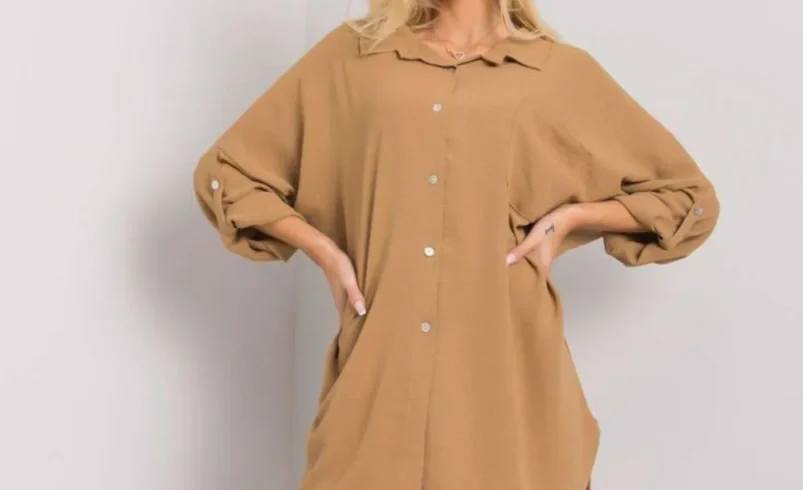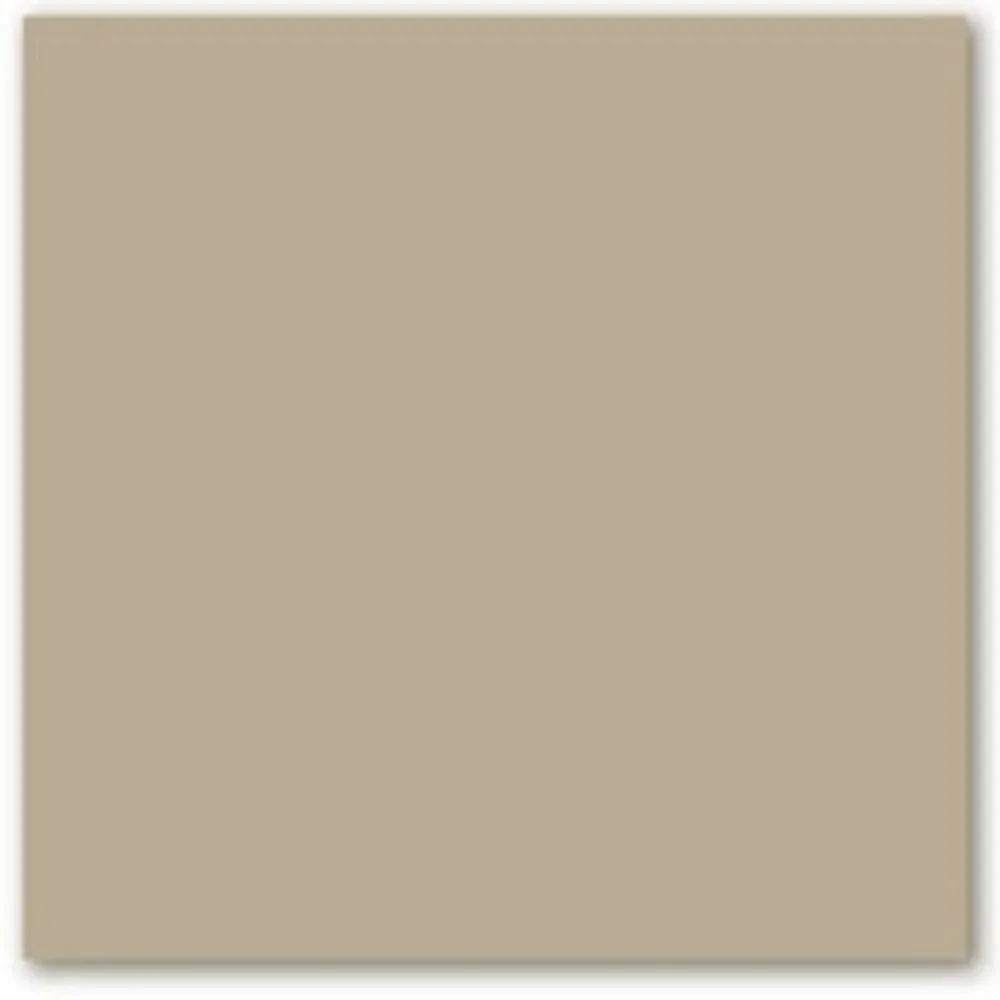Dark Beige: The Ultimate Guide to This Sophisticated Neutral
- July 25, 2025
- 0
What is dark beige, and why is it taking over interior design? Dark beige represents the perfect marriage between warmth and sophistication in the world of neutral colors.
What is dark beige, and why is it taking over interior design? Dark beige represents the perfect marriage between warmth and sophistication in the world of neutral colors.

Dark beige represents the perfect marriage between warmth and sophistication in the world of neutral colors. Unlike its lighter counterpart, this deeper shade brings richness and depth to any space while maintaining the versatility that makes beige so beloved. From my years working with interior designers and homeowners, I’ve witnessed how beige transforms ordinary rooms into elegant sanctuaries that feel both modern and timeless.
This complex neutral sits beautifully between traditional beige and rich brown, offering the grounding qualities of earth tones while providing enough lightness to keep spaces feeling open and inviting. The beauty of dark beige lies in its ability to serve as both a statement color and a supporting backdrop, making it incredibly versatile for various design applications.

Colors profoundly impact our emotions and well-being, and dark beige offers unique psychological benefits that explain its growing popularity. This sophisticated neutral creates a sense of stability and comfort while avoiding the starkness that can come with pure whites or the heaviness of darker browns. In my experience consulting with clients, those who choose beige often describe feeling more grounded and peaceful in their spaces.
The warmth inherent in dark beige promotes relaxation and social connection, making it an excellent choice for living areas where families gather. Unlike cooler neutrals that can feel distant, this color maintains an approachable quality that encourages comfort and conversation.
When selecting dark beige for walls, consider the room’s natural light and intended mood. This color works exceptionally well in spaces with ample natural light, where it can showcase its subtle complexity throughout the day. I’ve found that beige walls create an excellent foundation for both contemporary and traditional furnishing styles.
The key to successfully using dark beige on walls lies in understanding its undertones. Some lean toward gray, others toward brown or pink, so testing samples in your specific lighting conditions is crucial for achieving the desired effect.
Dark beige furniture pieces serve as investment items that transcend seasonal trends. From leather sofas to upholstered chairs, this color provides sophistication without overwhelming other design elements. The neutral nature of beige allows for easy coordination with various accent colors and patterns.
In textile applications, beige offers practical benefits alongside aesthetic appeal. This color naturally camouflages minor stains and wear while providing enough warmth to prevent spaces from feeling clinical or cold.
Creating depth within a dark beige color scheme involves layering different tones and textures of similar hues. This monochromatic approach can be incredibly sophisticated when executed properly, using various shades from light cream to deep taupe to create visual interest without relying on contrasting colors.
Dark beige serves as an excellent neutral backdrop for both bold and subtle accent colors. Deep jewel tones like emerald green or sapphire blue create striking contrasts, while softer pastels maintain the serene quality that makes beige so appealing. From my design experience, navy blue and dark beige create particularly elegant combinations that work well in both residential and commercial settings.
The appearance of dark beige changes dramatically under different lighting conditions. Natural daylight reveals the color’s true complexity, while warm artificial lighting enhances its cozy qualities. Cool LED lights can make beige appear flat or gray, so choosing the right light temperature is essential for showcasing this color’s best qualities.
Dark beige truly shines when paired with varied textures and materials. Natural materials like wood, stone, and linen complement this earthy neutral beautifully. Mixing matte and glossy finishes in beige tones adds visual depth and prevents the color from appearing monotonous.
One practical advantage of beige lies in its forgiving nature regarding maintenance and wear. This color naturally hides dust, minor scuffs, and everyday wear better than lighter neutrals, making it an excellent choice for high-traffic areas or homes with children and pets.
The timeless quality of beige also makes it a wise long-term investment. Unlike trendy colors that may feel dated within a few years, this sophisticated neutral maintains its appeal across changing design movements, ensuring your space remains stylish for years to come.
Dark beige continues to prove its worth as more than just another neutral option. Its complexity, versatility, and inherent warmth make it an excellent choice for anyone seeking to create spaces that feel both current and enduring.